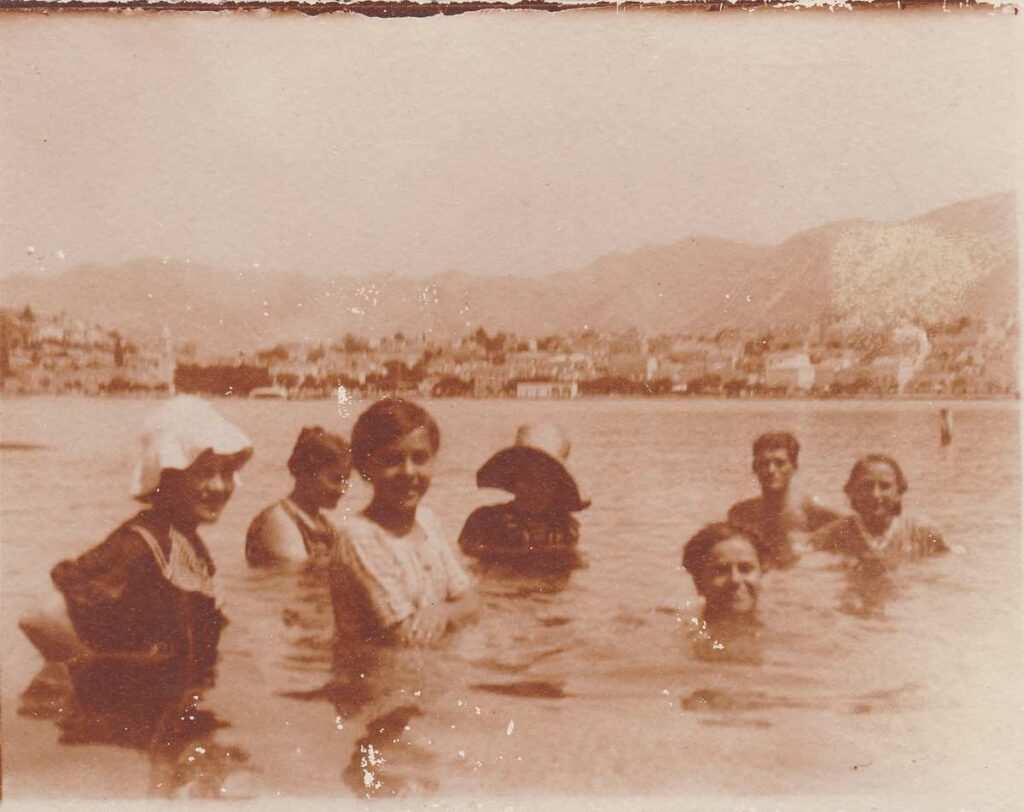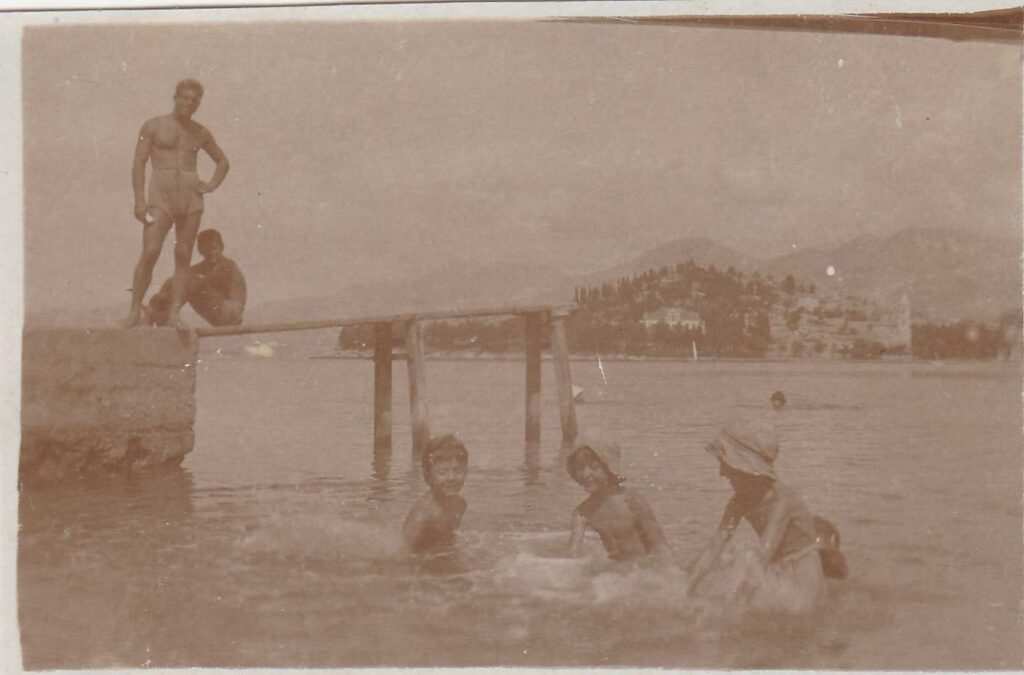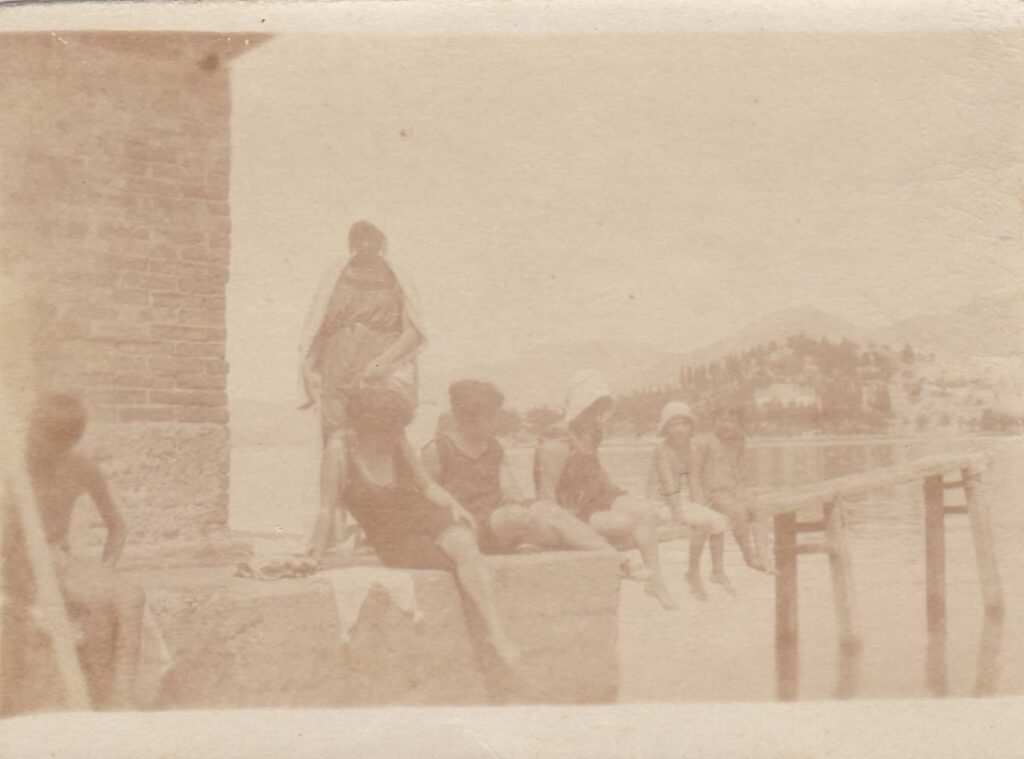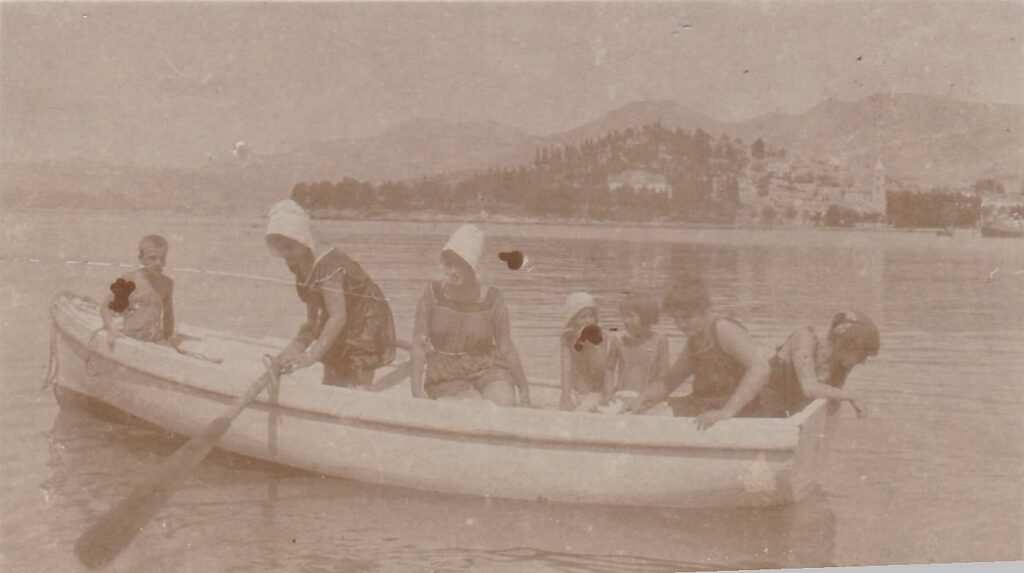Swimming has been a skill known to man since time immemorial. There is a quote by Plato which could be freely translated as `it was a shame to be neither literate nor a swimmer’. Based on this notion, it may be assumed that the ability to swim was expected from most Greeks. This is confirmed by numerous historical facts, mainly related to military conflicts at sea and coast, in which the Greeks, owing to their swimming prowess, would survive various dangerous situations in such circumstances while their enemies, the barbarians, would drown as they were predominantly non-swimmers. Another incredible story is the one told by Herodotus, the Greek historian from the 5th century B.C.E. It concerns the swimmer Scyllias from Scione, who jumped into the sea near Aphetae and surfaced near Artemisium, approximately 80 stadia (14,8 kilometres) away.
A few hundred years later, in the 2nd century C.E., the travel writer Pausanias writes about Hydna, daughter of the aforementioned Scyllias, as another exceptional swimmer and diver who was a professional swimming instructor.
While swimming was part of the general education of the ancient Greeks, the Romans considered it a military discipline. Despite the fact that the famous mosaic from Piazza Armerina, Sicily showing women playing sports provides the depiction of the forerunner of the bikini as a clothing item, the Romans predominantly used thermae in order to satiate their needs for swimming.
Swimming for leisure as we know it today, and as an activity held in high regard by the ancient Greeks, slowly started gaining popularity only at the turn of the 19th century. Until that time period, the sea had instilled fear in the people, partly due to its unpredictable nature and partly due to dangers such as those posed by pirates. The European elite of that time slowly began to see the benefits of fresh air, swimming in sea water and general exercise, while doctors started giving recommendations which aimed to reap those benefits. In short, this change marked the beginnings of sea water therapy.
Sea bathing was not a common activity in earlier times, especially among the local populace. In fact, the Konavle locals didn’t go into the sea except on extremely rare occasions, and the majority of them did not even know how to swim. Even many of the fishermen who would set sail on their boats on daily basis were non-swimmers.
The development of tourism, especially at the beginning of the 20th century, ushered a slight change in this regard. A bather in the sea, although dressed up to the neck in swimming attire, was no longer such an uncommon sight. Encouraged by the sights of bathing tourists, local residents slowly began going into the sea and even trying their hand at swimming without any particular reason. The Bukovac family were among Cavtat’s first bathers. The photographs kept in the Bukovac House show Jelica, Marija and Ivanka Bukovac, and even their mother Jelica, on the rocks and beaches of Cavtat, dressed in swimwear typical of that time.
Moreover, that period saw the growth of Czech interest in investing into the tourist infrastructure of our area. Therefore, in 1912, Dubrovačko kupališno i hotelsko društvo was founded in Prague; this association would later be responsible for the opening of a number of board and lodging facilities on the coast of Župa dubrovačka. Even Vlaho Bukovac was a member of the aforementioned company’s supervisory board; towards the end of the First World War, he often inquired about the purchase of land and possible investments in the tourist facilities in letters addressed to his brother Jozo or to Marija Bogišić Pohl. However, his initiative to arrange the company’s purchase of land in the Cavtat area did not bear fruit.
In 1924, the Society for the Development of Cavtat and the Surrounding Area and the Improvement of the Foreigner Traffic in Cavtat was founded, and tourism in Cavtat began to take off. Since the 1930s, there have been several board and lodging facilities in Cavtat. The most notable among them was Dr Novaković’s Tiha Board and Lodging Facility, which later developed into a children’s healthcare centre.
The improvement of working and social conditions, along with the introduction of paid vacations for the general populace, has resulted in the increasing interest in vacationing on the coast, as well as in the popularity of beaches as places of relaxation and enjoyment. Therefore, swimming has become the norm rather than the exception for the locals and tourists alike.




